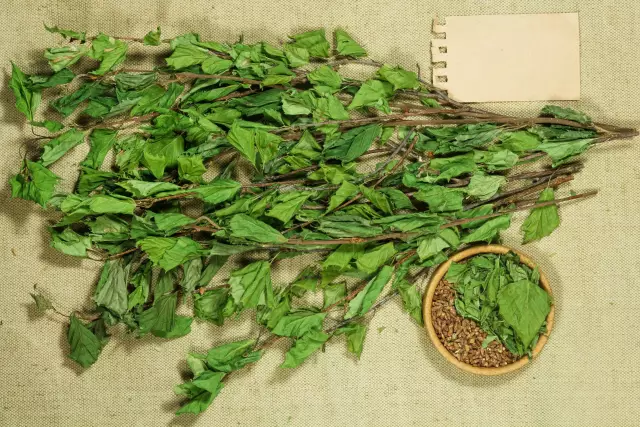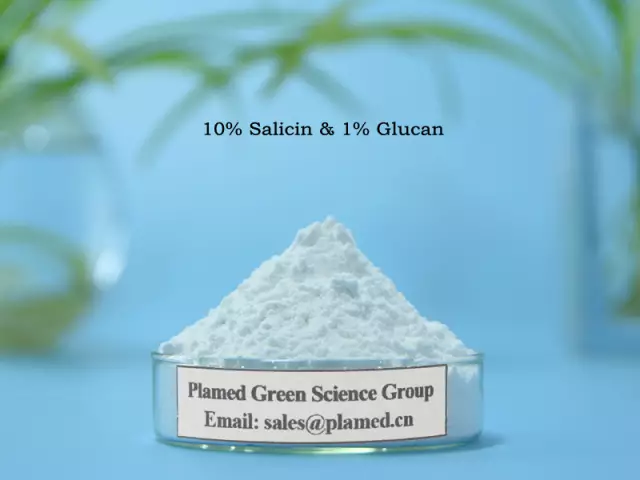- Author Rachel Wainwright [email protected].
- Public 2023-12-15 07:39.
- Last modified 2025-11-02 20:14.
White pepper
Pepper is by far one of the most popular and widely used spices. The first mentions of it are found in ancient Indian documents written in Sanskrit more than three thousand years ago. White pepper is especially appreciated, which has a delicate taste, unique aroma and less pungent, in contrast to black. Meanwhile, not everyone knows - this spice is the fruit of the same plant as black pepper.

Characteristics and origins of white pepper
This type of spice with a delicate taste, light pungency, original and unforgettable aroma is highly valued in the world spice market. First of all, it is used in cooking, white pepper is especially well combined with fish and vegetable dishes, it is used in the preparation of light sauces, gravies, soups, it is added to some meat products (beef and veal) or vegetable salads. Professional chefs claim that it adds a more sophisticated flavor and aroma to many dishes. It is added shortly before cooking, otherwise, during prolonged cooking, the products acquire excessive bitterness.
The spice itself is not a separate type of pepper, these are the same fruits of the pepper vine. This plant grows in India, Indonesia (Sumatru), Thailand, Madagascar, Laos, Cambodia and South America. White pepper is grown on plantations, for which they install poles around which a vine is upholstered. It can reach a height of 15 meters, although usually the plant is limited to 4-5 meters, the length of the leaves is about 80-100 mm. After flowering, round green fruits grow, which then turn yellow or red.
The brush is about 140 mm long and contains 20-30 drupes. To get black pepper, the fruits are harvested unripe - they shrivel and turn black during drying in the sun. If the fruits are removed when they are already reddened and easily fall off the bunch, then white peas are made of them. To do this, the fruits are soaked in salty or lime water so that all the pulp that surrounds the seed, pericarp comes off, or they are dried in the sun in heaps for about a week - during this time the bone cleans itself.
After that, the spice is dried until the husked peas are creamy or gray in color and even spherical in shape. White pepper can be easily obtained from them, which is a yellowish powder and has a stronger aroma. It is recommended to store the spice in ground form in a hermetically sealed package, otherwise it will quickly fizzle out and lose its properties. White peppercorns can be stored for several years. The appearance of a plaque on it indicates the end of the shelf life.
This spice is used in almost the same way as black pepper, however it is not at all suitable for sugary foods and drinks. But on the other hand, it is ideal for a test. Also, white pepper is often included in spicy mixtures. Its caloric content is 296 kcal per 100 g of product
Useful properties of white pepper
In addition to its gastronomic value, this spice is known for its medicinal properties, therefore it is also used in medicine. Ground white pepper or peas are recommended for patients during the rehabilitation period, after suffering diseases caused by infections of various kinds. Other benefits of white pepper:
- Accelerates metabolism;
- Improves the functioning of the gastrointestinal tract, increases appetite;
- Has anti-inflammatory effect;
- Refreshes breath;
- Normalizes the work of the nervous system, relieves irritation, increases stress resistance;
- Increases immunity, as well as the general tone of the body;
- Has a strong antihelminthic, antimicrobial and antibacterial effect;
- Helps cleanse the body of toxins;
- Thinns blood, stimulates blood circulation, dissolves clots, reduces the risk of cardiovascular diseases;
- Speeds up the metabolism, activating the burning of calories.
It is recommended to use white pepper for chronic indigestion, toxins in the rectum, obesity, high temperature, as a preventive measure against colds. In hot and humid climates, this spice has long been used as an antiseptic for stomach infections. However, it should not be used in large quantities as it can cause irritation or agitation.

In pharmacology, warming ointments, preparations with anti-inflammatory and antimicrobial properties are made on the basis of white pepper extract. When applied externally, the spice helps well in the treatment of festering abscesses. In combination with honey, white pepper is an excellent expectorant, it removes mucus from the respiratory organs well, and reduces its formation.
Even the ancient Indians used this spice as a treatment for coughs, sore throats, asthma and other diseases. The spice contains three times more vitamin C than an orange. Also white pepper is rich in calcium, iron, phosphorus, calcium, zinc, magnesium, potassium, sodium, vitamins of group B, PP, carotene. It contains a large amount of essential oils that improve muscle tone, reduce muscle and back pain during sprains. In addition, it is able to enhance the action of other medicinal plants.
It is not recommended to use this spice in the presence of gastritis, gastric ulcer, duodenal ulcer, inflammation of the kidneys, diseases of the bladder, and anemia. Also, a contraindication to the use of white pepper is individual intolerance.
YouTube video related to the article:
Found a mistake in the text? Select it and press Ctrl + Enter.






